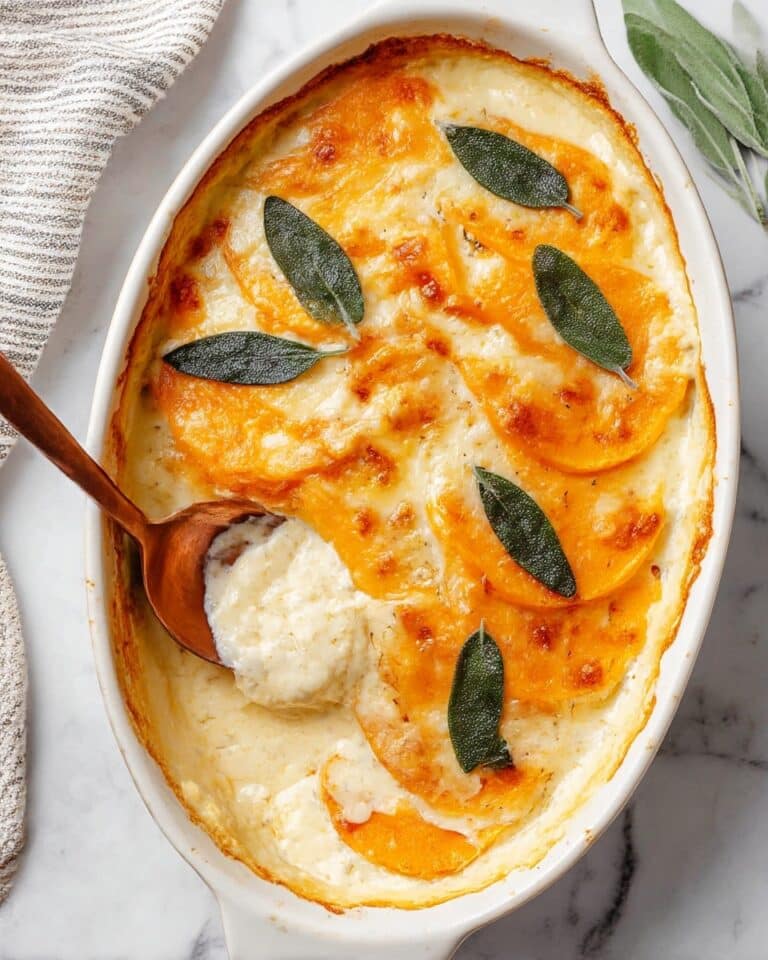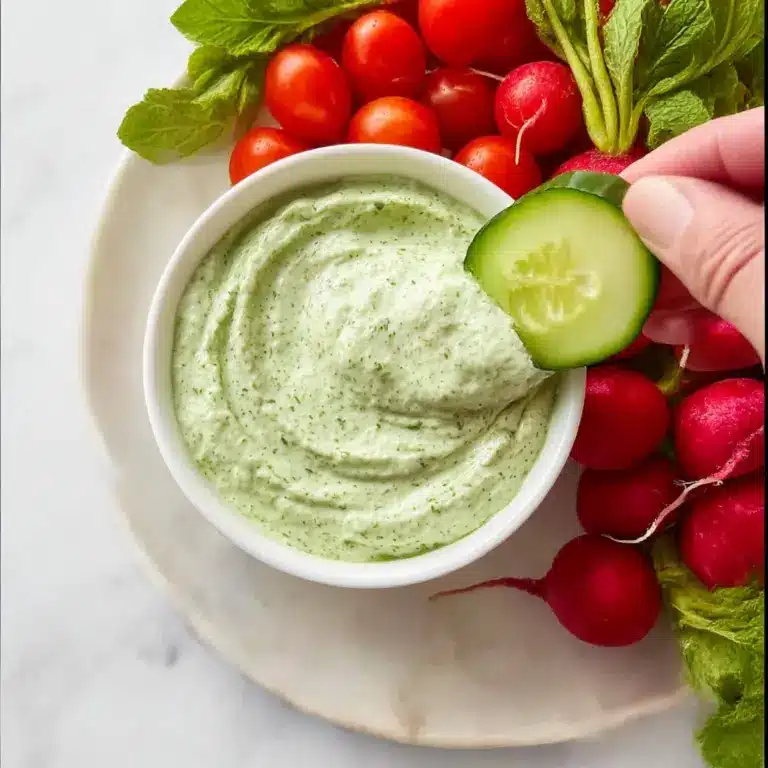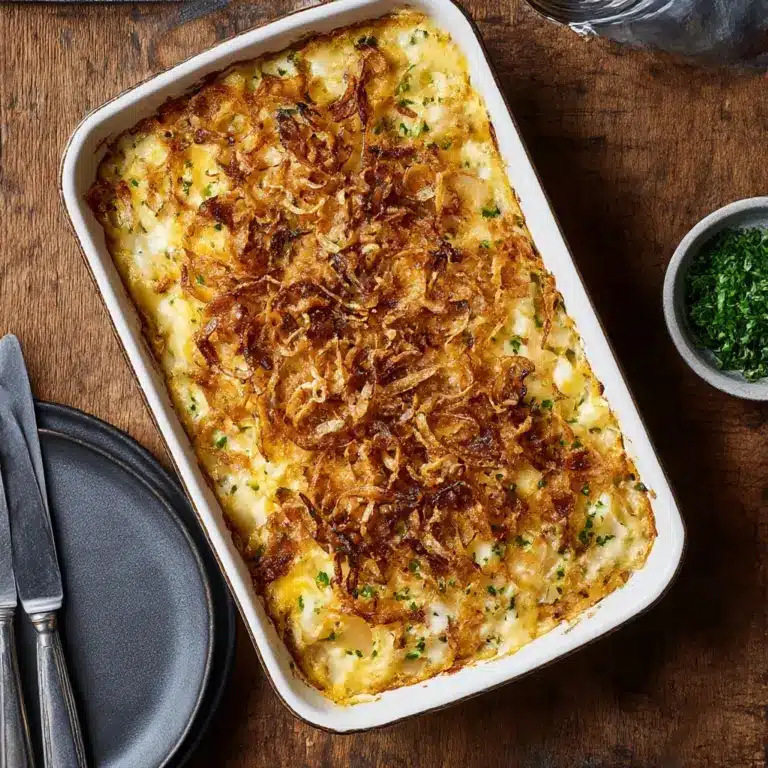Crusty Italian Bread Recipe
If you’ve ever dreamed of biting into a warm, golden loaf that crackles with a perfect crunch and reveals a tender, airy crumb inside, then this Crusty Italian Bread recipe is your new best friend. It brings together simple pantry staples to create a classic, deeply satisfying bread that feels both rustic and elegant. Whether you’re new to bread baking or a seasoned pro, this loaf will captivate your senses with its inviting aroma, irresistible crust, and the unbeatable pleasure of fresh homemade bread. I can’t wait to share how you can bring this little slice of Italy into your kitchen!

Ingredients You’ll Need
This recipe relies on just a handful of essential ingredients, each playing a vital role in achieving that signature texture and flavor. You’ll find that the simplicity here is what makes this Crusty Italian Bread so authentic and delightful.
- 3 ½ cups all-purpose flour: The base of your bread, providing structure and that classic chewiness.
- 1 ½ teaspoons salt: Enhances flavor and strengthens the dough’s gluten network.
- 1 teaspoon sugar: Feeds the yeast and helps it activate faster.
- 1 packet (2 ¼ teaspoons) active dry yeast: The magical leavening agent that gives your bread life and rise.
- 1 ½ cups warm water (about 110°F): Just warm enough to activate the yeast without killing it.
- Cornmeal for dusting: Adds a subtle crunch to the bottom and prevents sticking during baking.
How to Make Crusty Italian Bread
Step 1: Activate the Yeast
Start by combining warm water, sugar, and yeast in a large bowl. The sugar gives the yeast a little boost, encouraging it to foam and bubble within 5 to 10 minutes. This frothy mixture signals that your yeast is alive and ready to work its magic.
Step 2: Mix the Dough
Next, add your flour and salt to this yeast mixture. Stir it until a rough dough forms. At this stage, the dough will be sticky but that’s perfect—the flour’s off to doing its job.
Step 3: Knead Until Smooth
Turn the dough out onto a floured surface and get ready to knead. Spend about 8 to 10 minutes massaging it until it becomes smooth and elastic. This kneading helps develop gluten, which will give your bread its wonderful chew and structure.
Step 4: First Rise
Place the dough into a lightly greased bowl and cover it with a damp cloth. Set it somewhere warm for 1 to 2 hours until it doubles in size. Watching it grow is so rewarding—this is when the flavors deepen and airiness builds.
Step 5: Shape the Loaf
Once the dough has risen, gently punch it down to release excess gas. Shape it into a round or oval loaf, then place it on a baking sheet generously dusted with cornmeal. This cornmeal creates a beautiful bottom texture and prevents sticking.
Step 6: Second Rise
Cover your loaf again with a cloth and let it rest for another 30 to 45 minutes. This smaller rise enhances the bread’s crumb and ensures it will bake up light and airy inside.
Step 7: Preheat Oven and Create Steam
Preheat your oven to 450°F. Place a shallow pan of water on the bottom rack—this steam will help cultivate that legendary crispy crust that defines the best Crusty Italian Bread.
Step 8: Score and Bake
Just before baking, use a sharp knife to make a few slashes across the top of your dough. These cuts allow the bread to expand gracefully in the oven without cracking unpredictably. Bake for 25 to 30 minutes until the crust is deeply golden and the loaf sounds hollow when tapped underneath.
Step 9: Cool Before Slicing
Remove from the oven and cool on a wire rack. Patience here is key because cutting too soon risks a gummy texture inside. Once cooled, you’ll be rewarded with a loaf crisp on the outside and soft inside—a real triumph!
How to Serve Crusty Italian Bread

Garnishes
A drizzle of high-quality olive oil or a smear of soft butter can elevate your crusty loaf beautifully. For a little extra flair, sprinkle flaky sea salt or fresh herbs like rosemary on top of your butter. This simple addition adds both flavor and a touch of elegance.
Side Dishes
Crusty Italian Bread pairs wonderfully with a variety of meals. Think hearty soups, rustic pasta dishes, or fresh salads. It’s perfect for soaking up rich sauces or for sopping up a bowl of olive oil infused with garlic and chilies.
Creative Ways to Present
Turn your loaf into a centerpiece by slicing it horizontally and stacking your favorite sandwich fillings. Or serve with a selection of cheese, cured meats, and olives for an Italian-inspired antipasto board. The bread’s crispy crust and tender bite will shine no matter how you serve it.
Make Ahead and Storage
Storing Leftovers
Keep any extra bread fresh by wrapping it loosely in a clean kitchen towel and storing at room temperature for up to two days. This method helps preserve the crust’s crunch while avoiding sogginess caused by plastic.
Freezing
If you want your Crusty Italian Bread to last longer, freezing is your best friend. Wrap the cooled loaf tightly in foil or plastic wrap before placing it in the freezer. It will keep well for up to three months, letting you enjoy fresh-tasting bread on demand.
Reheating
To revive that wonderful crust, reheat frozen or day-old bread in a preheated oven at 350°F for 10 to 15 minutes. This simple step brings back the crunch and refreshes the crumb, making each slice taste freshly baked.
FAQs
Can I use bread flour instead of all-purpose flour?
Absolutely! Bread flour has a higher protein content, which can lead to an even chewier loaf with a good rise. It’s a great alternative if you want a slightly sturdier texture.
How important is the water temperature when activating yeast?
Water temperature is crucial. It should be warm, around 110°F, to wake up the yeast without killing it. Too hot and the yeast dies; too cold and it won’t activate properly.
Why does my bread sometimes come out dense instead of light and airy?
Dense bread often results from under-kneading or not allowing enough rise time. Kneading develops gluten, and rising builds those lovely air pockets, so both steps need care and patience.
Can I add herbs or other flavors to this bread?
Yes! Mixing herbs like rosemary or thyme into the dough before the first rise adds an aromatic twist that enhances the bread’s rustic charm beautifully.
What’s the best way to create a crispy crust?
Introducing steam by placing a pan of water in the oven helps keep the crust moist initially, allowing it to expand and then form that irresistible crisp as it bakes.
Final Thoughts
Baking your own Crusty Italian Bread is truly a joyful experience full of sensory rewards—from the aroma in your kitchen to the satisfying crunch with every bite. It’s a timeless recipe that invites you to slow down and savor simple, profound goodness. Give this recipe a try soon, and I promise you’ll find it hard to resist making it a staple in your home baking repertoire!
PrintCrusty Italian Bread Recipe
This Crusty Italian Bread recipe yields a golden, crisp crust with a soft, chewy interior. Perfect for sandwiches or as a side to your favorite Italian dishes, this bread is made from simple ingredients and uses a classic rising method for excellent texture and flavor.
- Prep Time: 15 minutes
- Cook Time: 25-30 minutes
- Total Time: 2 hours 40 minutes
- Yield: 1 loaf (about 12 slices) 1x
- Category: Bread
- Method: Baking
- Cuisine: Italian
- Diet: Vegetarian
Ingredients
Dry Ingredients
- 3 ½ cups all-purpose flour
- 1 ½ teaspoons salt
- 1 teaspoon sugar
- 1 packet (2 ¼ teaspoons) active dry yeast
Wet Ingredients
- 1 ½ cups warm water (about 110°F)
Other
- Cornmeal for dusting
Instructions
- Activate Yeast: In a large mixing bowl, combine the warm water, sugar, and yeast. Let it sit for about 5-10 minutes until it becomes frothy, indicating the yeast is active.
- Mix Dough: Add the flour and salt to the yeast mixture. Stir until a rough dough forms, ensuring all the flour is incorporated.
- Knead Dough: Turn the dough out onto a floured surface and knead for about 8-10 minutes until the dough becomes smooth and elastic, which helps develop gluten for good structure.
- First Rise: Place the dough in a lightly greased bowl, cover with a damp cloth, and let it rise in a warm place for about 1-2 hours, or until it has doubled in size.
- Shape Loaf: Once risen, punch down the dough to release excess air. Shape it into a round or oval loaf and place it on a baking sheet dusted with cornmeal to prevent sticking.
- Second Rise: Cover the shaped loaf with a cloth and let it rise again for about 30-45 minutes to develop more volume.
- Prepare Oven: Preheat your oven to 450°F. Place a shallow pan of water on the bottom rack to create steam, which enhances the bread’s crust.
- Score Loaf: Just before baking, make a few slashes on the top of the loaf with a sharp knife to allow steam to escape and help the bread expand properly in the oven.
- Bake Bread: Bake the bread for 25-30 minutes, or until the crust is golden brown and the loaf sounds hollow when tapped on the bottom, indicating it is fully baked.
- Cool Bread: Remove from the oven and let it cool on a wire rack before slicing, which helps set the crumb structure.
Notes
- For a softer crust, brush the loaf with melted butter immediately after baking.
- To add flavor, mix in fresh or dried herbs such as rosemary or thyme into the dough before the first rise.
Nutrition
- Serving Size: 1 slice (approx. 60g)
- Calories: 160
- Sugar: 1.5g
- Sodium: 280mg
- Fat: 1.5g
- Saturated Fat: 0.3g
- Unsaturated Fat: 1.2g
- Trans Fat: 0g
- Carbohydrates: 33g
- Fiber: 1.5g
- Protein: 5g
- Cholesterol: 0mg
Keywords: Italian bread, crusty bread, homemade bread, yeast bread, rustic bread








